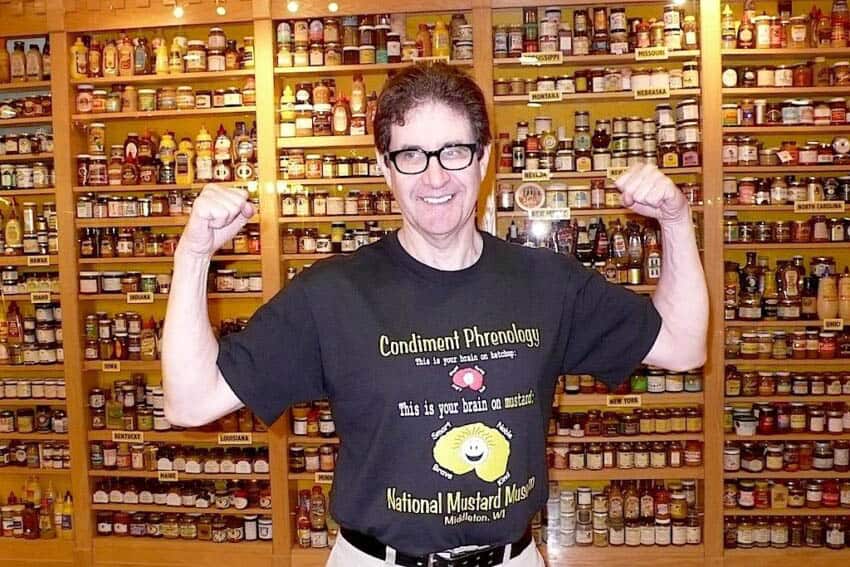
Visiting “S-21” Prison in Phnom Penh is haunting and worth it
By Branson Quenzer

Unable to skirt the issue, politics is a big deal in Cambodia.
And no matter which political ideology you subscribe to, Cambodia has a flavor unique to its own.
Tourism accounts for a large portion of the country’s GDP along with its garment industry, and aid is generously gifted to Cambodia despite it having around a 7% economic growth rate (2015).
Ankor Wat in Siem Reap steals much of the attention and for good reason too.
It is the ancient history of the Khmer people to be explored and wondered about.
However, in Cambodia, there is a shadow that has been cast over its people which still haunts them today and plays a significant role in the conscious of Cambodians.
Khmer Rouge Nightmare
This is of course the legacy of the Khmer Rouge, the ravishing army of Pol Pot’s extreme vision of collectivization. Describing it as a rough patch in recent history grossly underestimates this socio-political event.
This horrific episode directly affected the whole country and estimates of 1 in 4 people were killed.
It truly was inescapable and today tourism in Cambodia does not simply highlight the beauty and tranquility of Cambodia, it also shares its tumultuous past.
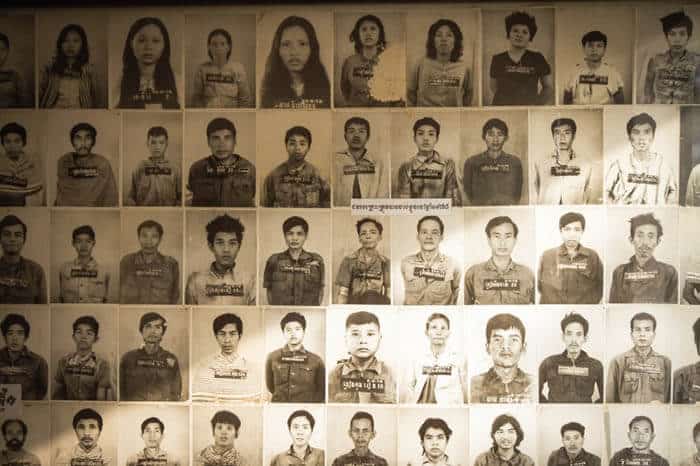
In the capital city of Phnom Penh, literally meaning ‘Penh’s Hill’ there is an extreme example of how quickly institutions can change from the best of one’s society into the beast of it.
Chao Ponhea Yat High School was not much different from any other high school. Students came to learn, fulfill their dreams, get into mischief during break and even find a boyfriend or girlfriend.
Sadly, this came to an abrupt end when the Khmer Rouge came into power.
Out of the jungles they stormed and into the cities they advanced.
Education came to a quick end and those who showed signs of being educated, from wearing glasses to being literate were punished and slaughtered. This high school soon took on a new name, S-21.
From a School to a Prison
The school became a prison as electric fences kept people from escaping. Ironically the school, with slight modifications became a perfect place for a prison.
The administration offices which were used to enroll students became offices to enroll new prisoners, where they endured their initial interrogations and enrolled in a life of hell.
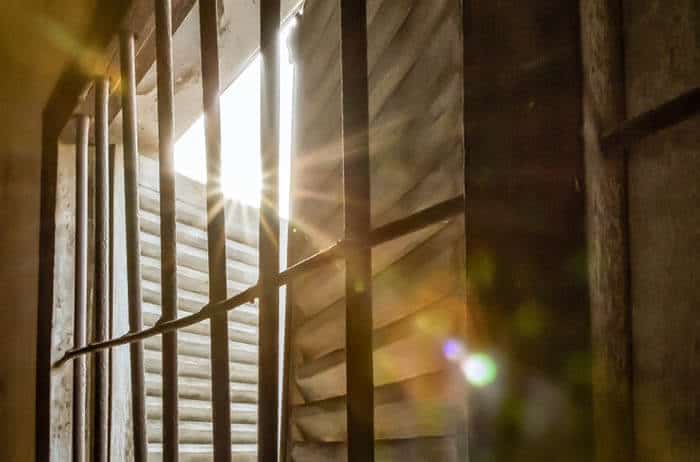
The classrooms turned to holding cells. The communal bathrooms would not suffice for sanitary conditions and disease grew rampant. Guards made rounds in the playground and checked on the prisoners shackled to the floors.
A true place where hope turned to horror. The atrocities and the stories can be found in autobiographies and movies which give graphic accounts of the heinous crimes committed, and thus, for now, we will look at its importance as a tourist destination.
Terrible History 1975-79
This is a place that has a terrible history from the years 1975 to 1979 and thus appropriate behavior should be observed. Generally, long trousers are preferred for guests. Also, generally maintaining a quiet and reserved demeanor shows respect.
As with any war memorial or death camp, bearing on the side of humility is always best.
Entering the facility there is a large rectangular grass courtyard lined with palm trees. The buildings have open walkways facing towards the central yard where students would have scrambled from class to class.
On three sides buildings stand forming a large “U” shape leaving one side of the complex exposed. There are information boards that give an introduction to the site and also a viewpoint of how present-day Cambodians value the lessons they have learned from such a traumatic time.
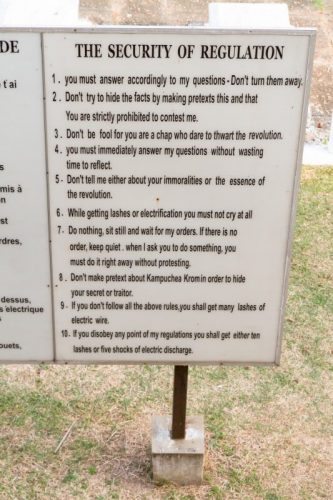
Up a flight of stairs and into the first of the classrooms turned prison cells you begin to see the transformation from a learning institution into an instrument of terror.
Original remnants of shackles, beds, and torture apparatus are out on display.
Evidence of Suffering
Moving from room to room you see the horrific evidence of human suffering.
And what makes this story all the more appalling is that the victims were persecuted by young teenage and child soldiers conscripted into the Khmer Rouge fighting force.
Rusted chains lay on the floors and bars still encase the windows.
In the second building, the crimes become more personal and more objectionable.
Each person entering the prison was photographed. They were then given numbers alongside their names.
Whereabouts Unknown
Still today, the whereabouts of all the photographs are not known. But the ones they do have and have identified make a mural on the wall of hundreds and hundreds of black and white photos where a blackboard would have hung.
The classrooms were divided up into separate stalls where prisoners were isolated from each other and chained to the floor. The young guards would make rounds physically and mentally abusing the prisoners.
The vast majority of these horrors are lost. But the ones that still exist are in the stories of the seven survivors shedding light on the dark world of S-21.
Many of the visitors you see are Cambodian themselves. Moreover, many of them have come from the countryside to keep in the forefront of one’s mind what Mr. Bou Meng, a survivor of S-21 said best in his book, “justice for the future, not just for the victims.”
The youth are also encouraged to visit so that their future is more likely to be ensured a more pleasant one by committing to memory a world they had the pleasure not to live in. Monks young and old also wonder the grounds contemplating, meditating, and evoking forgiveness for all.
Everyone Knows S-21
From anywhere in the city, any tuk-tuk driver, cabbie, or hotel concierge will know the name, “S-21.” They are not shy about introducing you to the horrors of their recent past.
Quite the opposite, they are happy you are interested in their history despite the blemished stain on it and hope that you will walk away with a little more compassion.
They wish not to forget, so it will not happen again. The past is done and their Buddhist ways have let them remember the atrocities, yet to also let them go.
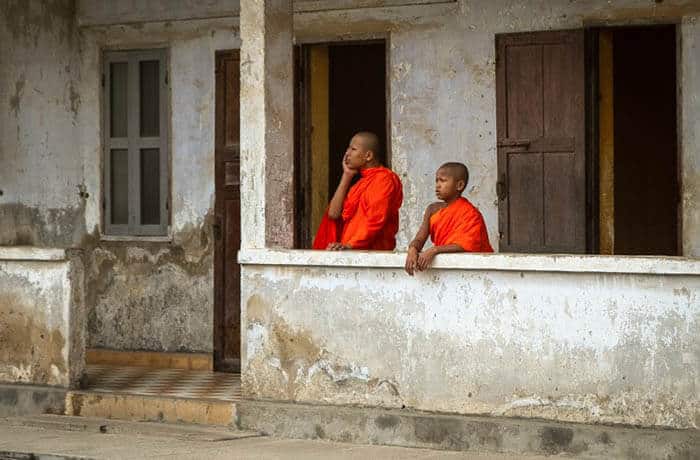
S-21 is located on Street 113 between Street 320 and 350. The summer heat can be overbearing so an early start is a good option, and even in the winter months, getting there when it opens will help you to avoid the crowds.
As many people on the SE Asian tour only hit up the major attractions of the Royal Palace and Angkor Watt, S-21 is a great option to stay away from the large tour groups.
Moreover, its modern historical significance should not be missed. The gates open at 7:00 am and remain open until 5:30 pm.
So if you are an early riser, after enjoying a condensed milk sweetened coffee in a reclining wicker chair in one of many local cafes you can arrive before the heat of sun and other visitors.
On the other hand, if you prefer the evening you can enjoy an afternoon walk around the grounds and then drink away your emotions with a cool Ankor beer before dinner.
$2 to Get In
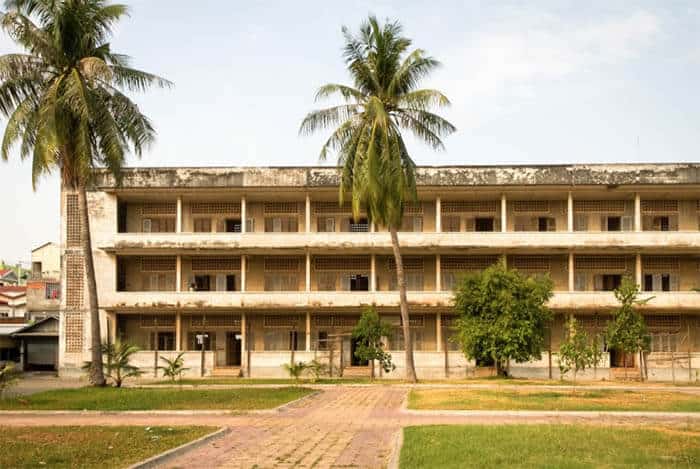
If you are traveling on a shoestring, the admission price is only around 2USD. That even leaves you a little extra cash for a donation to the museum or a signed copy of an autobiographical account of the grueling and deathly events of S-21. There are only three remaining known survivors from the camp.
Mr. Chum Mey is a survivor and spends his days at the prison camp sharing his story, selling his book, signing autographs, and taking pictures. Therapy comes in many forms and he chooses to survive in this manner.
He was spared his life as he was crafty with his hands and could fix things such as typewriters which the guards used to catalog new prisoners.
Mr. Vann Nath is another survivor who has also written a book about the events that transpired at S-21. Having a guide is worthwhile and an extra 6USD will accentuate your visit and contribute to the museum.
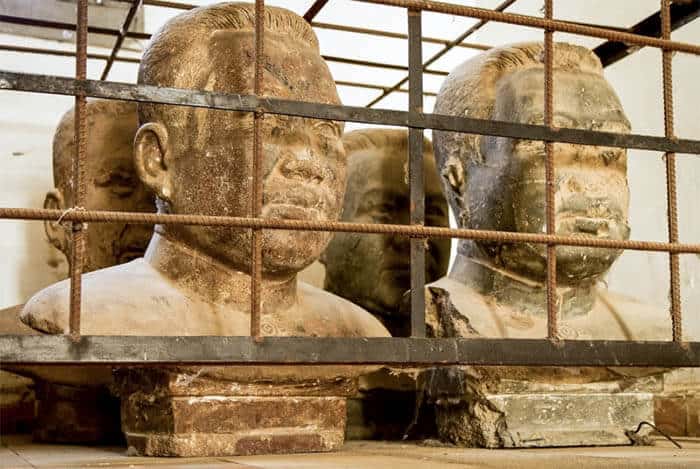
If you are in Munich, Dachau is a solemn but necessary visit. If you are in Poland, Auschwitz is generally a place that people try not to miss.
Hiroshima or Nagasaki play similar roles in highlighting the atrocities of war.
In China, Nanjing takes the forefront in the barbarisms of invasion. The ‘Trail of Tears’ highlights the brutal western expansion by the United States with the victims being the Native American Indians.
Just one of 150 Camps
Well in Cambodia, there are about 150 camps. S-21 is just one of these. While it is not a beautiful beach or an amazing view from a mountaintop or a romantic candlelight dinner, it is the nation’s reality. S-21 is worth a stay in Phnom Penh for a day.
After S-21 you can see the lovely sights, or if it has inspired you to know more about the true events of the Khmer Rouge go check out the International Criminal Court (ICC) trials that are still being conducted today.
They are located on the outskirts of the city and you MUST have long trousers, a button-up shirt and no cameras are allowed.
- These 9 U.S. National Parks Require Reservations in 2024 - April 17, 2024
- Take a Hike in Olympic National Park - April 17, 2024
- The Wild Mississippi: 2340 Miles Across Ten States - April 8, 2024



